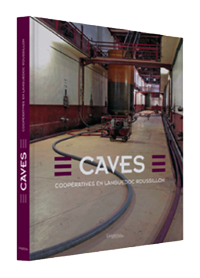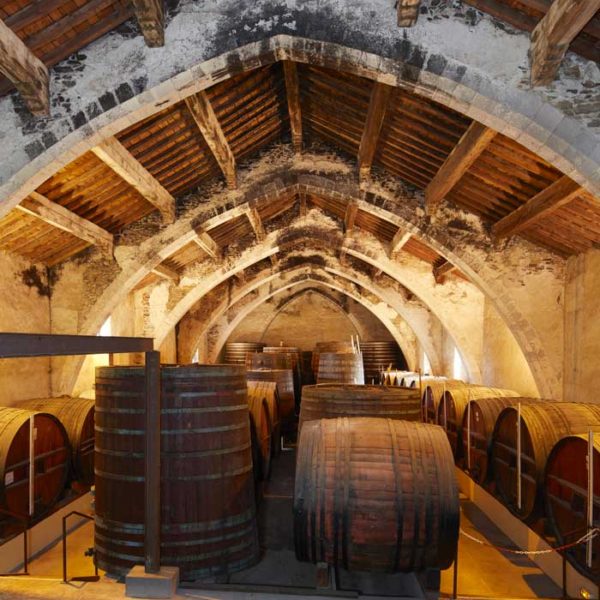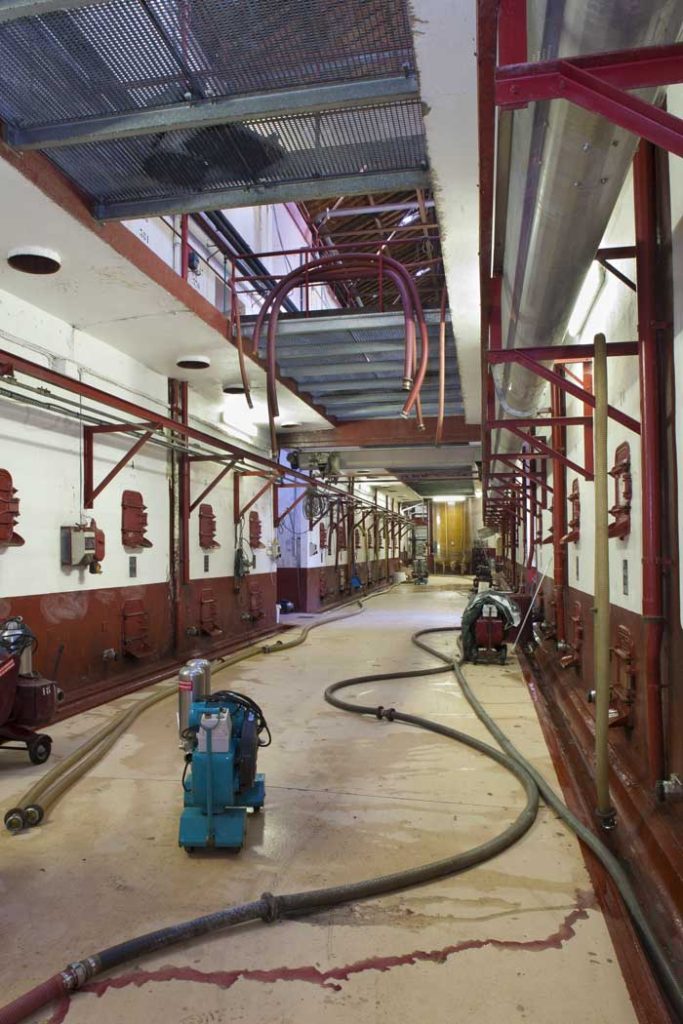Co-operative wineries: local heritage to visit
Symbolising the French co-operative winery movement, Languedoc and Roussillon are home to 691 co-operative wineries and distilleries which are part of its heritage. Since 2007, they have been listed by the General Inventory of Cultural Heritage. Based on the results of two years of research by history, art and architecture specialists, a book presents twenty of the most remarkable co-operative wineries in Aude, Gard, Hérault and Pyrénées-Orientales. Many of the wineries are open to the public……
The wineries, which are a testament to industrial innovations and progress in winemaking techniques, are referred to as ‘wine cathedrals’. In Languedoc and Roussillon, the ‘coopé’ is the majestic building that stands on the outskirts of our villages, next to the church or school. Most of them were built at the beginning of the 20th century, a period of crises in the wine industry that culminated in the 1907 revolt. Increasing numbers of them were built between 1905 and 1965, until there were 582 co-operative wineries and 109 Hérault distilleries, nearly 300 of which are still in operation today.
The General Inventory of Cultural Heritage
To put this little-known and endangered wine heritage into perspective, initial research carried out by a team of researchers from the General Inventory of Cultural Heritage produced a comprehensive inventory. Published in 2010, with a new edition currently being released, this scientific compendium produced a second publication for the general public, titled ‘Les caves coopératives en Languedoc et Roussillon’ (Co-operative wineries in Languedoc and Roussillon). The small book lists 20 of the most iconic co-operative wineries in Aude, Hérault, Gard and Pyrénées-Orientales.
Many wineries are open to the public...
They include Maurassan winery in Hérault, France’s first co-operative, built in 1905. Jean Jaurès, who visited it on 1 May 1905, enthusiastically lauded it as an example of wine communism, and a laboratory for the social revolution.
Other remarkable buildings listed in this book include:
The wineries, which are a testament to industrial innovations and progress in winemaking techniques, are referred to as ‘wine cathedrals’. In Languedoc and Roussillon, the ‘coopé’ is the majestic building that stands on the outskirts of our villages, next to the church or school. Most of them were built at the beginning of the 20th century, a period of crises in the wine industry that culminated in the 1907 revolt. Increasing numbers of them were built between 1905 and 1965, until there were 582 co-operative wineries and 109 Hérault distilleries, nearly 300 of which are still in operation today.
The General Inventory of Cultural Heritage
To put this little-known and endangered wine heritage into perspective, initial research carried out by a team of researchers from the General Inventory of Cultural Heritage produced a comprehensive inventory. Published in 2010, with a new edition currently being released, this scientific compendium produced a second publication for the general public, titled ‘Les caves coopératives en Languedoc et Roussillon’ (Co-operative wineries in Languedoc and Roussillon). The small book lists 20 of the most iconic co-operative wineries in Aude, Hérault, Gard and Pyrénées-Orientales.
Many wineries are open to the public...
They include Maurassan winery in Hérault, France’s first co-operative, built in 1905. Jean Jaurès, who visited it on 1 May 1905, enthusiastically lauded it as an example of wine communism, and a laboratory for the social revolution.
Other remarkable buildings listed in this book include:
Accompagné d’une carte interactive, le site dédié permet d’accéder à l’ensemble des 691 caves coopératives recensées en région, présentées dans leurs aspects historique et architectural.


Where can you get the book?
Parcours du patrimoine, ‘Les caves coopératives en Languedoc et Roussillon’, €45. Available in bookshops and at co-operative wineries, the book can be ordered on the website:



